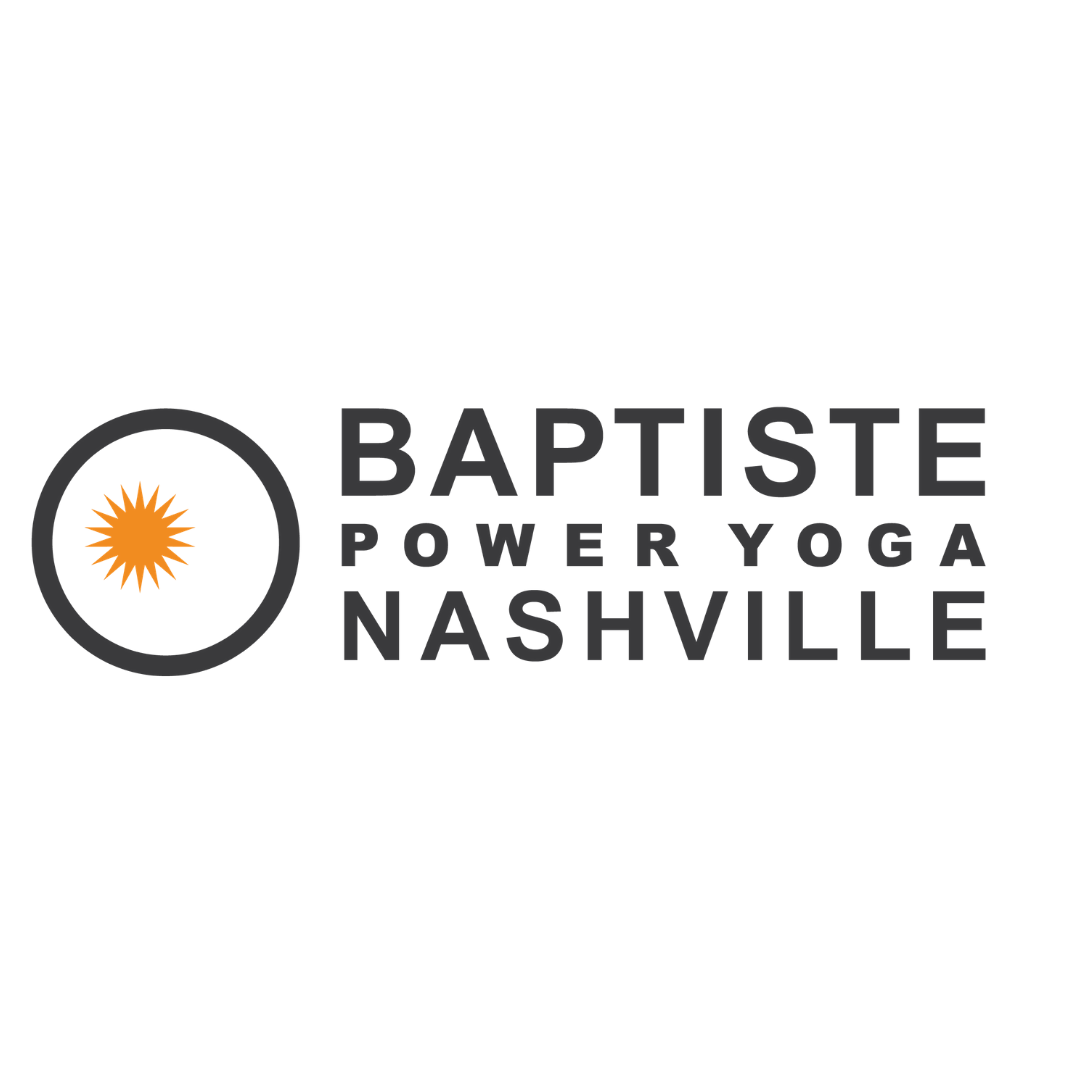What is RYT?
RYT stands for Registered Yoga Teacher, and RYS is a Registered Yoga School. These distinctions are only provided by Yoga Alliance, the largest nonprofit association representing the yoga community and which sets national credibility standards for yoga teacher training.
RYT 200 refers to a teacher who has completed a 200-hour yoga teacher training that is registered with Yoga Alliance. RYT 500 means they've done 500 hours, and an "E" before the distinction, such as E-RYT 200, means they're an "experienced" RYT 200, having completed their 200 hours of training and having taught a minimum of two years after completing training.
RYT 200 is most students' starting point, and you can complete additional training to stack on top of your 200 hours if you choose. In other words, you don't have to do an RYT 500 program from the get-go if that number of hours is your ultimate goal; you can do a 200-hour program, then a 300-hour program (even from a different RYS) later if you wish.
The distinction means you can walk into pretty much any gym or yoga studio where you want to teach, and they know immediately that you've met national standards and followed a comprehensive course of study.
Many gyms and studios require their yoga teachers to be an RYT, but it's not always a requirement. So why should you complete your yoga teacher training through an RYS?
Curriculum of RYT 200
Yoga Alliance has set a pre-defined curriculum for Registered Yoga Schools so students receive a comprehensive education. There is flexibility within this structure, but schools must teach these five Educational Categories for RYT 200 training:
- Techniques, Training and Practice (100 hours)
- Yoga Philosophy/Ethics/Lifestyle (30 hours)
- Teaching Methodology (25 hours)
- Anatomy & Physiology (20 hours)
- Practicum (10 hours)
That totals to 185 hours, and schools have some wiggle room with those remaining 15 hours, to be allocated at their discretion based on their training’s focus. Some schools may be more philosophy-based, strength training-based, or focused on a particular yogic style (e.g., Ashtanga, hatha, kundalini, etc.).
That's why it's important when you're researching different training programs to read their curriculum online and find a program that fits your goals and style. Not all RYT programs are the same.
Benefits of RYT
Once you complete a 200-hour teacher training program from an RYS, you are eligible to register for your 200-hour certification through Yoga Alliance. Your membership with Yoga Alliance allows you access to a number of benefits to support your work and daily life, including discounts, workshops, and scholarships.
Is RYT for me?
If you know that the place you want to teach after yoga teacher training requires RYT, then you need to complete training through an RYS. If you don't know where you want to teach, it would still be wise to complete training through an RYS. That way, even if you end up teaching at a location that doesn't require RYT, you've still received a well-rounded curriculum and you can still teach at an RYT-required location later.
Non-RYT training limits your options for where you can teach. On the other hand, RYT training allows you to teach anywhere, even if they don't require it. Plus, you don't have to register with Yoga Alliance once you've completed your RYT 200, so there's no additional cost or risk to completing training through an RYS.

